Bukit Panjang LRT rolls out new safety feature that detects track intrusions using video analytics
With the new system’s carefully positioned cameras and video analytics, control centre staff now have both visual and audio alerts in the event of track intrusions.
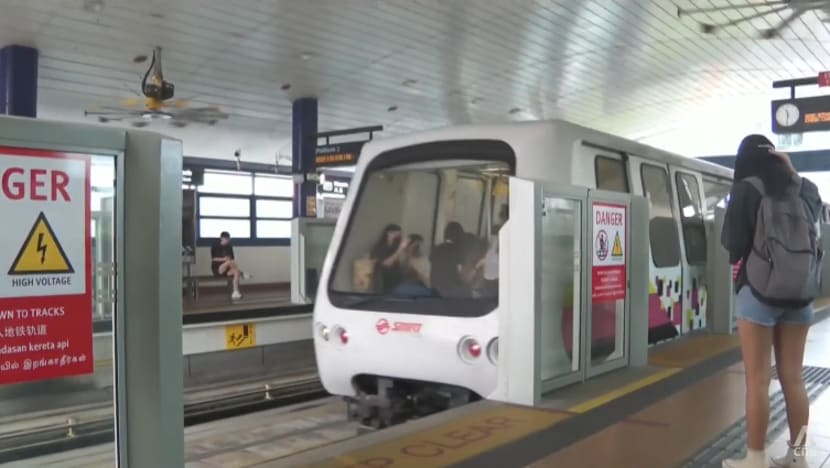
A train arrives at a station along the Bukit Panjang LRT line. (File photo: CNA)
SINGAPORE: The Bukit Panjang Light Rapid Transit (LRT) network has rolled out new cameras with artificial intelligence (AI) functions across all 13 stations to tackle track incidents much faster.
This latest feature by transport operator SMRT is an added layer of protection for the stations, which are unmanned.
The new iSafe system provides real-time detection alerts of track intrusions, as well as of commuters who stray too close to the edge of the platform.
SMRT said the initiative complements existing safety measures, including warning signs and frequent announcements.
HOW IT WORKS
When a person loiters in the yellow “Keep Clear” section, the iSafe feature will notify the Operations Control Centre (OCC). Staff will be able to remotely play an announcement reminding commuters to stand behind the yellow line.
If a track intrusion is detected, the control centre will be alerted through a loud alarm immediately. The system will also show a marked up screenshot of the incident and a live closed-circuit television (CCTV) feed of the location.
Staff can then intervene and take further action, such as turning off traction power to bring trains to a stop.

Previously, personnel at the command centre had to manually monitor the stations by constantly watching their screens.
With the new system’s carefully positioned cameras and video analytics, control centre staff now have both visual and audio alerts in the event of such situations.
SMRT commenced the initiative last year, with multiple rounds of testing to refine the AI system, and trials to validate its accuracy.
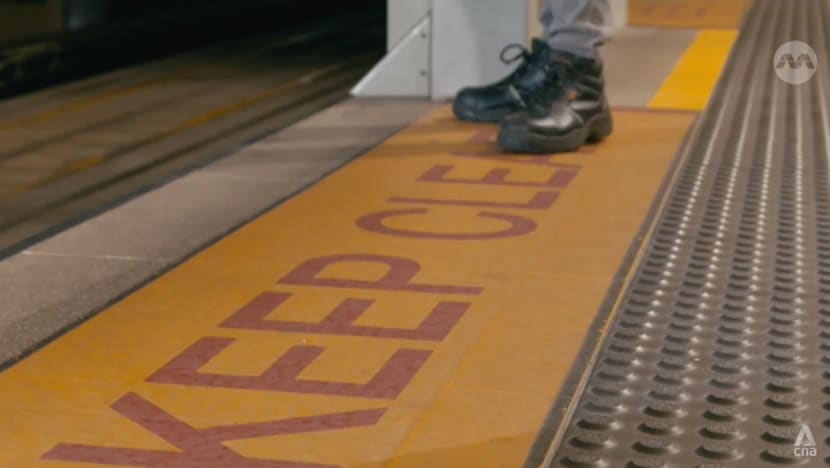
“The iSafe system was tested rigorously and achieved a 99.8 per cent intrusion detection rate. We will continue to fine tune the system and do our best to enhance commuter safety,” said SMRT Trains president Lam Sheau Kai.
COMMUTERS NEED TO PLAY A PART
Unlike at MRT stations, fixed barriers at LRT stops are used instead of platform screen doors, leaving gaps for the trains' doors.
Senior Minister of State for Transport Amy Khor previously explained that installing platform screen doors would require more space for power, communications and signal control rooms. These would eat into an already small waiting area on the platforms.
SMRT is alerted to about three intrusions each year along the Bukit Panjang LRT line.
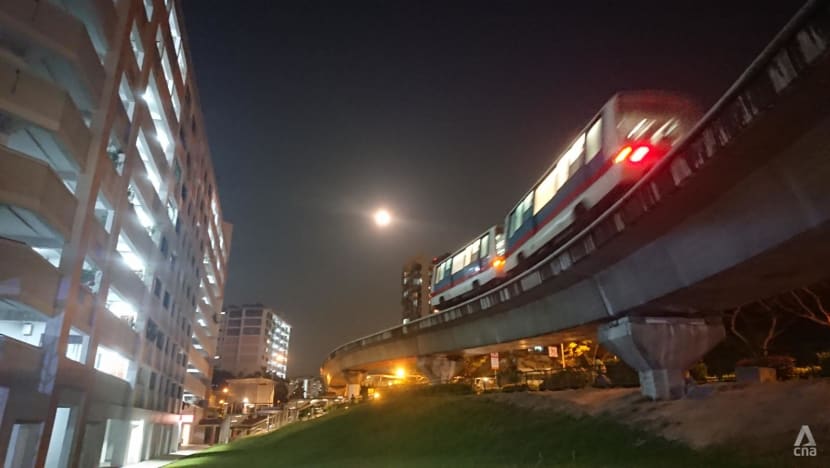
Dr Khor said that while track intrusions are rare, these safety risks can lead to serious consequences. She urged passengers to play a part to further minimise such incidents and enhance commuter safety.
“While we will take every effort to make our systems as safe as possible, every commuter can play a part to make sure that everyone gets to their destination safely. Commuters can look out for others around them,” she said.
Dr Khor said in Parliament in May that there have been two fatalities and one injury from falls onto LRT train tracks in the past decade. Aside from Bukit Panjang, there are two other LRT networks in Singapore – Sengkang and Punggol.
Both Dr Khor and SMRT also encouraged commuters to familiarise themselves with safety features, such as emergency stop buttons, emergency exits that guide commuters back to the platform, and intercoms to communicate with staff for assistance.
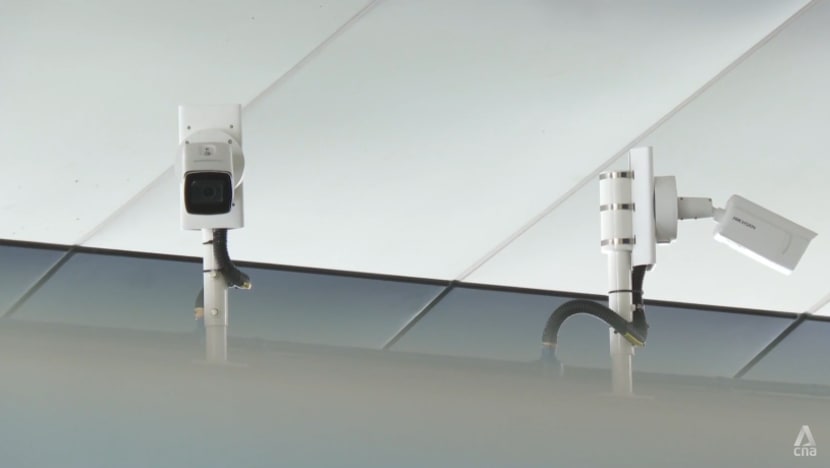
“We have also enhanced our visual signages, increased the frequency of audio announcements, and installed tactile warning studs along the station platforms, to remind commuters to stay behind the yellow line while waiting for trains,” Dr Khor added.
The 8km long Bukit Panjang LRT line is Singapore’s first light rail line. The driverless and fully-automated train system has been in operation since 1999, connecting residential estates within Bukit Panjang and Choa Chu Kang to the North-South and Downtown MRT lines.
Other than its new iSafe feature, the network is currently undergoing a renewal project to upgrade its trains, tracks and signalling system.
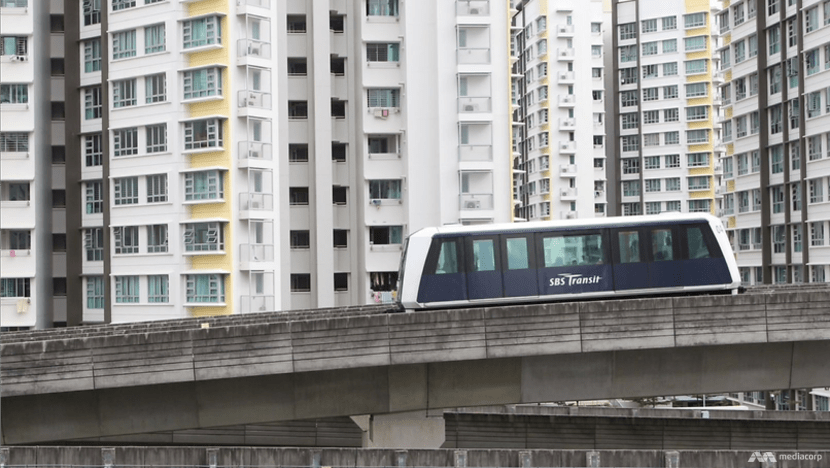
SBS Transit, which runs the other LRT networks at Sengkang and Punggol, told CNA that it is trialling a similar system for the two lines.
Like iSafe, SBS Transit's video analytics system known as VAnGuard can also detect passengers and foreign objects on both the tracks and the platform by analysing surveillance footage from the cameras in the stations.
“The system can also detect wheelchairs and unattended objects at the LRT platform, enabling us to provide passenger assistance or take security action if needed,” said the transport operator's spokesperson Grace Wu.
Trials started more than three years ago but was put on hold due to the COVID-19 pandemic. The company is currently stress-testing the system at the Sengkang Town Centre Station, which was selected for its high crowd density.
The feature is expected to roll out across all 28 stations later this year.
















